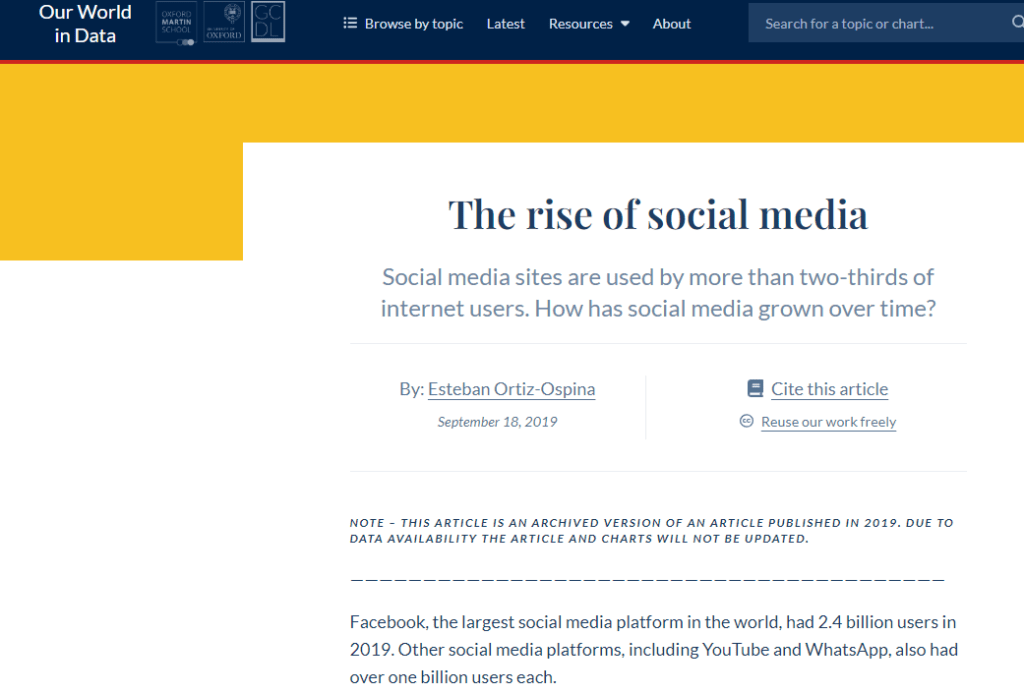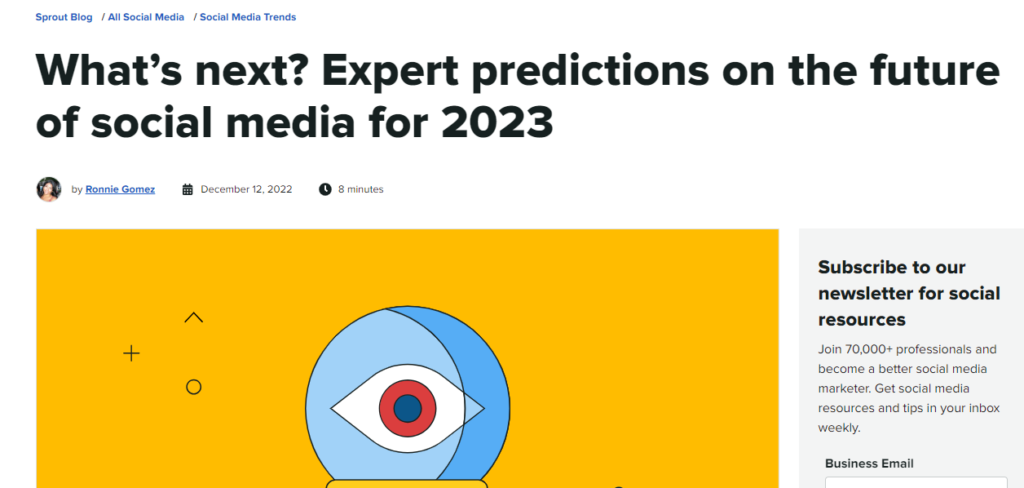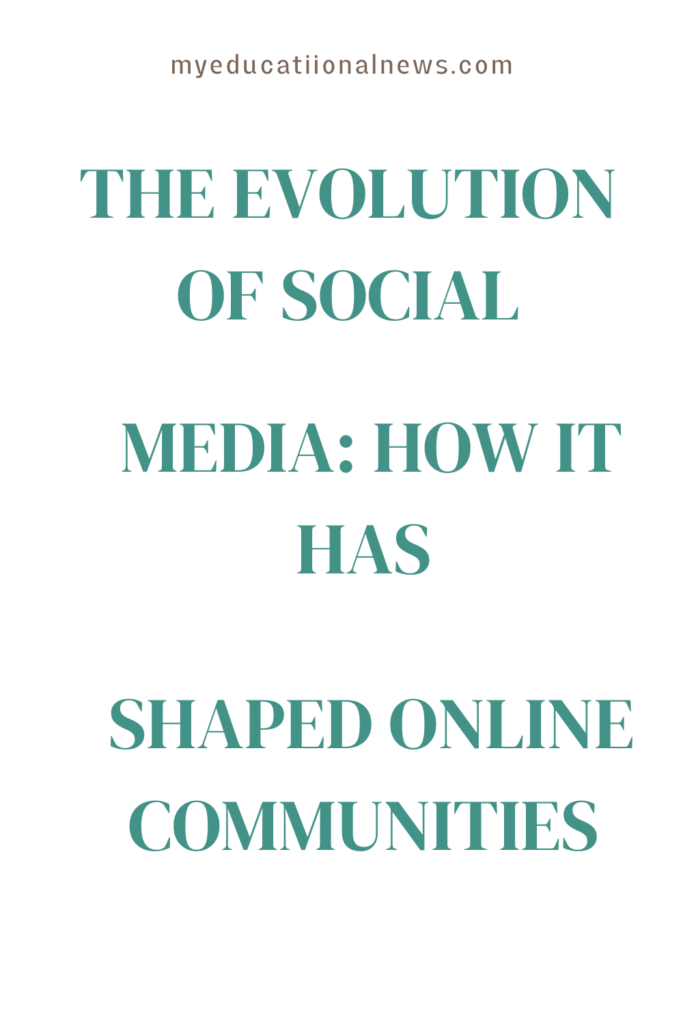Introduction
Are you searching for threads online ,Social media has become an essential part of our lives in today’s digital era, completely changing the way we connect and interact with others. The evolution of social media platforms has had a profound impact on online communities, revolutionizing the way we engage with content. This article will take you on a journey through the history of social media, from its humble beginnings to its influence on online communities.
The roots of social media can be traced back to the late 1990s and early 2000s, when pioneering websites like Six Degrees, Friendster, and MySpace emerged. These platforms allowed users to create profiles, connect with friends, and share various forms of content such as photos and messages. But it wasn’t until 2004, when Facebook was launched, that social media really started to gain momentum.

Table of Contents
The Dawn of social media
The origins of social media can be traced back to the early days of the internet, where platforms like Usenet and Bulletin Board Systems (BBS) provided opportunities for people to interact and exchange information. However, it was not until the late 1990s and early 2000s that social media as we know it today started to emerge. During this period, platforms like Friendster and MySpace gained popularity by offering users the ability to create personalized profiles and connect with their friends. These early social media platforms allowed users to share various types of content, including photos, messages, and even blog posts.
In 2002, Friendster emerged as one of the pioneering social networking platforms, gaining immense popularity. This innovative website enabled users to effortlessly connect with friends, exchange messages, and participate in various interest-based communities.

threads online From Friendster to MySpace: The Birth of Social Networking
During the early 2000s, social networking platforms such as Friendster and MySpace emerged, introducing the idea of connecting with others online. These platforms enabled users to create profiles, interact with friends, and share content, showcasing the potential of online communities. Friendster’s popularity opened doors for other social networking sites like MySpace to thrive. MySpace, launched in 2003, quickly gained immense popularity by offering users greater customization options. Users could personalize their profiles with backgrounds, music playlists, and even custom HTML coding, taking the concept of social networking to new heights.
MySpace quickly became an online sensation, captivating millions of users who were excited to engage with friends and exchange content.
threads online Facebook: The Game Changer
n 2004, Mark Zuckerberg and his Harvard University roommates revolutionized the social media landscape by launching Facebook. This innovative platform boasted a sleek and user-friendly interface, making it accessible to people of all ages. Its popularity skyrocketed as it became the go-to destination for connecting with friends, sharing updates, and discovering fresh content. By prioritizing genuine connections and personalized profiles,
Facebook quickly surpassed MySpace in terms of popularity. Users could effortlessly find and connect with friends through name searches or mutual acquaintances. The news feed feature kept users informed about their friends’ activities, while the “like” button provided a simple way to show appreciation for posts.

Twitter: Real-Time Information Sharing
In 2006, Twitter was founded and introduced the concept of microblogging, allowing users to share short 140-character messages called tweets in real-time. This format revolutionized online communication by enabling instant updates, breaking news, and conversations among individuals and communities. Twitter quickly became the go-to platform for real-time information sharing in the fast-paced world of social media.
Its unique feature of microblogging required users to be concise and creative in expressing their thoughts within just 140 characters. With its simplicity and speed, Twitter became an ideal platform for breaking news updates, allowing journalists, celebrities, and everyday individuals to share live updates from unfolding events.

Instagram: Visual Storytelling
When Instagram was launched in 2010, it revolutionized social media by placing visual content at the forefront. By focusing on photos and videos, Instagram offered a platform for users to express their creativity, lifestyles, and experiences. It quickly gained popularity among influencers, artists, and brands who could now curate their feeds to tell captivating visual stories and share moments with their followers.
Instagram’s filters and editing tools made it easy to enhance photos and add an artistic touch to everyday snapshots. Not only did individuals benefit from this platform, but brands also recognized its marketing potential. They started creating visually appealing content that aligned with their brand image, utilizing hashtags and collaborations with influencers to reach a wider audience.
YouTube: The Rise of Video Content
YouTube, established in 2005, completely transformed the way we watch videos. It gave users the ability to upload, share, and explore videos on a wide range of topics. YouTube quickly became a central hub for content creators, allowing them to connect with a global audience and form communities around their work. As its popularity grew, more and more individuals began creating their own channels to showcase their talents, passions, and expertise to the world.
Whether it was makeup tutorials, cooking shows, music covers, or hilarious skits, YouTube had something for everyone. Not only did this platform provide an outlet for self-expression, but it also opened opportunities for creators to earn money through advertising partnerships and sponsorships. Consequently, many YouTubers were able to turn their hobbies into full-time careers, generating substantial income in the process.
LinkedIn: The Professional Network
Established in 2002, LinkedIn was designed exclusively for professionals, offering a platform for networking, job hunting, and industry-specific conversations. This platform revolutionized the way professionals connect, collaborate, and advance their careers. With its user-friendly interface and extensive features, LinkedIn quickly became the preferred choice for individuals seeking to enhance their professional profiles.
Users could create detailed resumes that highlighted their skills, experiences, and accomplishments to potential employers or clients. Alongside job searching and networking, LinkedIn provided various tools that facilitated discussions within specific industries. Professionals could join groups related to their areas of interest or expertise, engaging in conversations with like-minded individuals through online threads.

Snapchat: Ephemeral Content
In 2011, Snapchat was launched, revolutionizing the idea of temporary content. It allowed users to send photos and videos that would vanish after a short time, creating a feeling of urgency and genuineness that attracted a younger demographic. The concept of ephemeral content quickly made Snapchat popular among young people who valued instant experiences and immediate satisfaction. By using Snapchat, users could capture and share moments with their friends or followers, knowing that they would disappear within a specific timeframe. Additionally, the platform’s emphasis on authenticity played a crucial part in its appeal.
TikTok: Short-Form Creativity
TikTok, released in 2016, became a global sensation with its short-form videos. It allowed users to showcase their creativity and talent in bite-sized content. TikTok’s algorithmic feed and viral challenges contributed to its rapid growth and engagement. The algorithmic feed of TikTok was one of its key features that made it stand out from other social media platforms. Instead of relying solely on a user’s followers or friends, TikTok’s algorithm would curate a personalized feed based on the user’s interactions and preferences. This meant that even new users had the opportunity to go viral and gain exposure. Thus threads online is competitor of Twitter.
threads online ,TikTok also popularized the concept of viral challenges, where users would create their own videos based on a specific theme or trend.
The Impact of social media on Online Communities
threads online Connecting People Across the Globe
threads online, The advent of social media has brought people from all corners of the globe closer together, allowing them to effortlessly connect and communicate. Online communities have sprouted, breaking down physical barriers and promoting cultural exchange. Now, individuals can effortlessly share their experiences, thoughts, and ideas with like-minded people, regardless of their location. This not only fosters friendships but also provides a sense of belonging for those who may feel isolated in their own communities.
threads online By participating in online communities threads online , individuals can expand their knowledge of various cultures, traditions, and perspectives through interactions with people they would not have encountered otherwise. This exchange of cultural insights fosters understanding and empathy among diverse groups of individuals.

Fostering User-Generated Content
The rise of social media threads online has given people the power to produce and distribute their own content thus launched threads online. User-generated content now plays a crucial role in online communities, threads online, enabling individuals to express themselves, share personal experiences, and actively participate in discussions. threads online This has completely transformed the way information is shared and consumed. In the past, traditional media had exclusive control over what content was created and made available to the public. But with user-generated content, anyone can become a creator and have their voice acknowledged.
The rise of content creation democratization has led to an abundance of different viewpoints being showcased on the internet . People now can share their personal narratives, distinct perspectives, and areas of expertise across various subjects in online discussions. Now a days threads online is newly launched.
Influencer Culture and Community Building
Social media platforms have witnessed the rise of influencers, who play a significant role in shaping opinions, sparking trends, and fostering communities based on shared interests. Influencers have become influential drivers of community engagement and brand support. threads online Their genuineness and relatability make them appealing to followers who yearn for guidance, inspiration, and entertainment. Influencers frequently produce content that deeply resonates with their audience, fostering a sense of connection and community building.
The rise of influencer culture has also opened avenues for creators to collaborate. Brands understand the importance of teaming up with influencers who have established trust and loyalty with their audience.
Social Movements and Activism
threads online, Social media platforms have made it easier for social movements and activism to gain momentum. Online communities can unite behind a cause, raise awareness, and bring about tangible changes in the real world. Twitter and Facebook, among other platforms, have played crucial roles in shaping and mobilizing these movements. threads online Take the MeToo movement, for instance, which garnered immense attention on social media. Survivors bravely shared their stories while supporters expressed solidarity, causing the hashtag to go viral and sparking a global conversation on sexual harassment and assault. As a result, there were actual consequences for perpetrators and heightened awareness surrounding this issue.
In the same vein, threads online have played a vital role in coordinating global protests and demonstrations. Activists have the ability to swiftly share details about upcoming events, rally participants, and capture the ongoing actions in real-time.
The Future of social media
threads online The world of social media is constantly evolving, with new technologies like virtual reality, augmented reality, and artificial intelligence set to revolutionize online communities. The future of social media is full of limitless possibilities, and its impact on society will only continue to grow. As technology advances, social media platforms are expected to become even more immersive and interactive. Already, virtual reality is making its mark in the realm of social media, giving users the ability to virtually experience concerts and famous landmarks from the comfort of their own homes. Just imagine the possibilities!
Augmented reality (AR) is another promising technology that can enhance our social media experiences.

Conclusion
Since its beginning, social media has made significant progress, completely changing how we interact, communicate, and involve ourselves with online content for threads online . It has played a crucial role in forming online communities, promoting a feeling of belongingness, and enabling worldwide discussions. As social media keeps evolving, it continues to have a profound impact on our digital existence. With advancements in technology, the potential for social media to revolutionize our online experiences grows even further. Virtual reality (VR) and augmented reality (AR) are two promising emerging technologies that can greatly enhance our interactions on social platforms.
threads online With virtual reality, users can completely submerge themselves into a digital world, experiencing a feeling of being present and surrounded by realness. Just picture being able to discover far-off places or engage in exhilarating escapades, all through the use of a VR headset.
FAQs
threads online What impact has social media had on traditional media outlets?
Social media has caused a disruption in traditional media outlets by offering alternative sources of news and information. It has challenged the traditional role of media organizations as gatekeepers, enabling individuals to directly share news and perspectives.
Are there any downsides to using social media?
Despite its numerous benefits, social media also poses certain challenges. Cyberbullying, privacy concerns, and the proliferation of misinformation are potential drawbacks associated with social media usage.
How has social media affected marketing and advertising?
The rise of social media has completely revolutionized marketing and advertising strategies. It has given businesses the ability to target their ads effectively, collaborate with influential figures, and directly engage with customers.
Is it possible for social media to become addictive?
Absolutely. For certain individuals, the constant flow of updates, notifications, and the need for validation can lead to addictive behaviors that negatively impact overall well-being.
So, how can people maintain a healthy relationship with social media?
Well, they can establish boundaries, limit their screen time, curate their feeds, prioritize real-life interactions, and even take regular breaks from social media to promote mental well-being.

